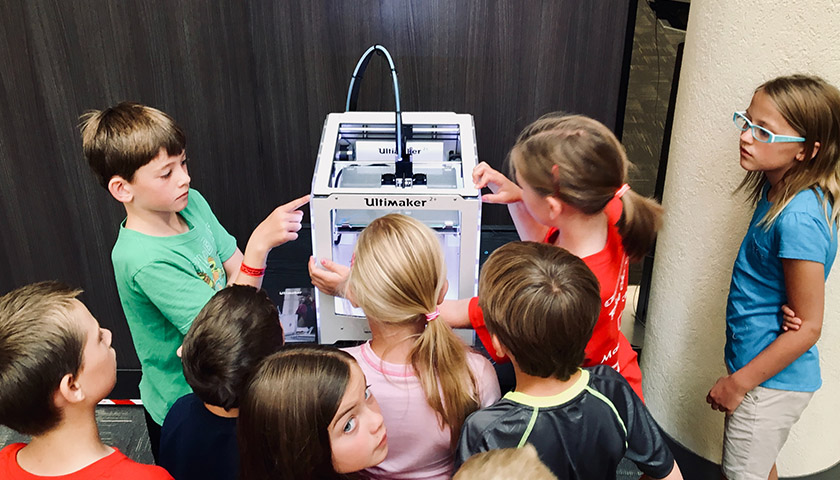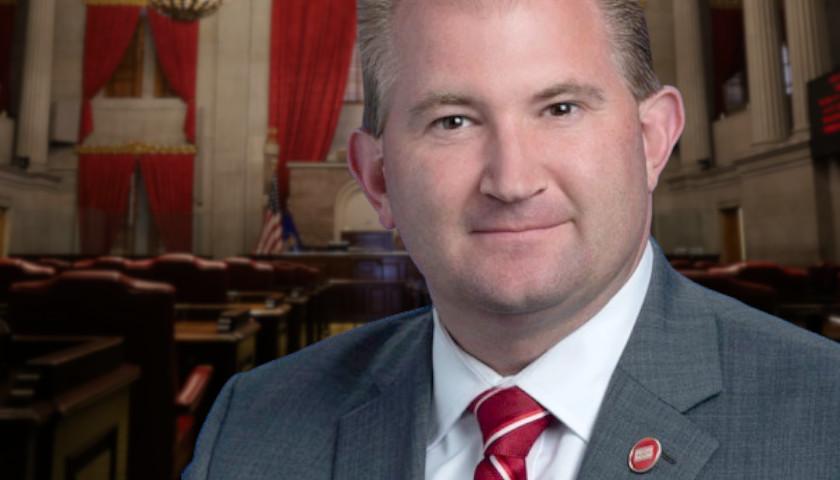by Jon Styf
Tennessee matched the national trend as public school enrollment this past school year was down 2.9% in the state compared with the 2019-2020 school year, according to preliminary data released by the National Center for Education Statistics (NCES).
The decline in enrollment will not affect state funding for Tennessee’s public schools in the short term. Gov. Bill Lee signed a bill that holds harmless Tennessee’s public schools in the state’s funding formula for the 2021-22 school year despite changes in enrollment. Funding is determined by school enrollment from the previous year.
Sen. Jack Johnson, R-Franklin, said he expects that adjustment to be a one-year, one-time exception to the Basic Education Program state funding formula, expected to cost the state an additional $8.9 million, according to the bill’s fiscal note.
“There will be some lasting effects to school populations into the future,” Johnson said. “There are parents who pulled their kids out of public schools because of COVID or perhaps because the public school was closed and chose to home school them or, perhaps, put them in private schools.”
The Education Law Center said Tennessee schools ranked 43rd nationally in cost adjusted per-pupil spending at $10,894 per pupil, $3,655 below the national average. The ELC also graded Tennessee’s funding effort, state funding as a percentage of the state’s gross domestic product, with an F grade.
The NCES report showed national enrollment fell 3% last school year after years of enrollment increases across the country.
“K-12 enrollment in our nation’s public schools has been slowly increasing almost every year since the start of this century,” said Ross Santy, NCES associate commissioner for administrative data. “Before this year, in the few recent years where we have seen enrollment decreases, they have been small changes representing less than 1 percent of total enrollment.”
Tennessee was among 30 states that had an enrollment decrease of between 1% to 2.99%, while 18 states experienced decreases of 3% or more.
The largest noticeable decrease was in preschool and kindergarten, where there was a 13% decrease in enrollment nationally.
“I’m especially concerned about the steep drop in enrollment for children just getting started on their formal education – the Pre-K and kindergarten students,” said Mark Schneider, director of the Institute of Education Sciences, part of the U.S. Department of Education. “Research shows that these early years are essential in helping students succeed academically and socially. While it is too soon to say which students were most affected; it is safe to assume that students who struggle the most may be the ones who really lost out.”
The NCES data release this week was part of a large data set on school enrollment in 49 states. NCES cut off the enrollment information in October, and only Illinois failed to meet the spring reporting date for data.
The NCES, which is the statistical center of the U.S. Department of Education and the primary federal entity for collecting and analyzing education data, will release the complete national results next spring, including enrollment data for all states and student counts by grade level, race, ethnicity and sex.
“The decreases were widespread and affected almost every single state and every region of the country,” NCES acting commissioner Peggy Carr said. “Some states saw enrollment declines by 4 to 5 percent. The data are preliminary but concerning. We need to confirm the data and see what more they can tell us about potentially large losses in learning opportunities.”
– – –
Jon Styf contributes to The Center Square.






Flee public schools. Now.
Smart rats jump the sinking ship first.
““K-12 enrollment in our nation’s public schools has been slowly increasing almost every year since the start of this century,” said Ross Santy, NCES associate commissioner for administrative data. “Before this year, in the few recent years where we have seen enrollment decreases, they have been small changes representing less than 1 percent of total enrollment.”
Well, which is it Ross? Slowly increasing or decreasing by less than 1 percent? Why don’t you break down your data to pre-Common Core and post-Common Core. Stop averaging it out. Executive order lockdowns and critical racist theory are just the icing on the federally-controlled, Common Core cake – finally pushing many parents to do something.
Loss of enrollment in 48 states. That’s a beautiful thing. They are finally free.
The governor is holding the public schools “harmless” and giving them even more money – despite the fact that they cost over a million students a good portion of their academic lives last year wasted on zoom calls. Hoping the 3% will come back to critical racist theory and Common Core next year. 3% of TN enrollment should be in the neighborhood of 30,000 students. Over 1,000 classrooms empty. Multiple schools empty. Why aren’t they being closed? I can tell you who is “non-essential” now.
I received a wonderful education from what would be considered an underfunded school district. Why? Because I was provided with a good understanding of the basics such as reading, writing and arithmetic. Heck, I can even learned to write in cursive!! More money is not the answer. Look around at the palatial schools being constructed and ask yourself if the cost results in a quality education. In most instances (as shown by below grade achievement levels) the truthful answer is NO! Time to hold local school boards and state level educational bureaucrats accountable for their miserable failings.
Given the communist takeover of our school systems and their shadow implementation of CRT ( they never call it that) and grooming kids to accept things like transgenderism as normal why wouldn’t anyone with a choice get their kids the hell out of there?
[“I’m especially concerned about the steep drop in enrollment for children just getting started on their formal education – the Pre-K and kindergarten students,” said Mark Schneider, director of the Institute of Education Sciences, part of the U.S. Department of Education. “Research shows that these early years are essential in helping students succeed academically and socially.]
Well, when all you do is indoctrinate the youngest ones in these programs, this is a very good thing. Time to get rid of Pre-K until the Teachers Industrial Complex starts to teach something other than their disgusting, immoral “lesson plans.”
The public education system has become a breeding ground for the indoctrination of America’s children into socialism. Look at the pushback being exhibited against the BS Marxists CRT. How about sex education for elementary school children and drag queen story hour. Then we have the plan to reduce the teaching of mathematics because it’s racist if one race of people can understand it and another race struggles with in. The same thing with doing away with standardized testing because some races do better than others. Teachers unions are so detrimental to educational funding that they should be abolished, and they are infiltrated by leftists. People who can afford to send their children to private schools or are home schooling are very fortunate. Those who must rely on the public education system are now fighting back, and I offer my support to their cause.
K-12 enrollment in public schools is increasing because of the large amount of illegal migrant children pouring over our borders.
And we wonder why we have so many kids that can’t read and write? All the State and local people are worried about is money! Maybe if we focused on performance, and got rid of all of the other distractions, our kids would learn and grow up just like the men and women who founded the greatest nation on Earth.